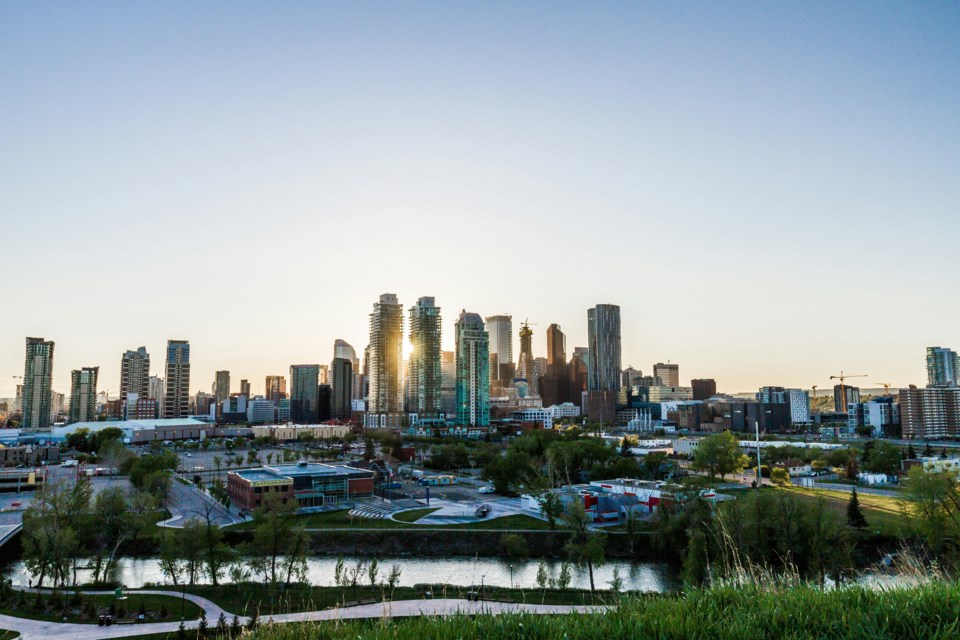Our urbanized civilization is way more fragile than we often feel. And the first time it struck me was not during a conversation about a world or nuclear war, or any kind of conscious destruction.
It was back in school when I first learned about the 1905 revolution in Russia, which, in its essence, was one massive strike across dozens of industries and hundreds of factories.
For a few days in and around Moscow, life – less interconnected that it was over a century ago – was paralyzed, as over two million workers stopped, demanding economic and political change. The strike also affected railways, with all but one line between St. Petersburg and Moscow manned by soldiers, halting and causing massive chaos.
The power of that walkout was what captured my attention. Within days, a vast country teetered on the brink of complete dysfunction. The paralysis of railways, immediate shortages of resources, and the looming potential for irreversible breakdowns fascinated my young mind.
It was the first time I realized that despite building a more enduring and resilient high-tech society, we've also become significantly vulnerable to any malfunction. And something simple may turn into cascading dominos in no time, at any time.
Since then, everyday events, from historical discoveries to current catastrophes of varying scales, have continued to remind me of this vision. The latest event that made me pause and think of our vulnerability once again was the recent emergency in our western neighbour.
In June, over just a few days, Calgary found itself in the midst of a state of emergency, grappling with a crisis that highlighted the fragility of modern civilization when faced with unexpected emergencies. What began as reports of water streaming from a ruptured main on 16th Avenue N.W. quickly escalated into a city-wide effort to conserve water and manage essential services.
The initial incident, a massive water main break that affected communities of Montgomery and Bowness, not only disrupted traffic and daily life, but also exposed vulnerabilities in Calgary's critical infrastructure. The crucial transmission line, essential for distributing water across the city, suffered a serious failure.
A further investigation uncovered more issues that had to be addressed. City officials implemented water conservation protocols in a hurry, urging residents and businesses alike to minimize usage to prevent a potential water shortage and banning fires to avert more emergencies.
As days passed, the seriousness of the situation became more apparent. Despite joint and indeed serious efforts to repair the damaged pipe and restore normalcy, unforeseen challenges prolonged the city's struggle. The need to import specialized materials underscored the logistical complexities of managing urban infrastructure crises.
It sounds like Calgarians did their part and their response to the emergency deserves recognition, as they opted for widespread co-operation in conserving water and following the temporary bans on outdoor fires. While there were some warnings and even a couple of tickets, the majority did their best to maintain the same neighbourhood spirit that helped them get through the flood of 2013.
Yet, the incident also revealed vulnerabilities beyond the physical damage – a community's resilience tested under pressure, the strain on essential services, and the ripple effects on daily life.
Also, the emergency highlighted broader issues of infrastructure maintenance and preparedness in rapidly growing urban centres. It served as a reminder that with climate change increasing the frequency and intensity of extreme weather events, cities must confront the reality of aging infrastructure and invest in robust contingency plans to mitigate such risks.
Now that the situation is somewhat under control, the hope is all the hotspots found by Monday are repaired as soon as possible, water restrictions, fire bans and, with them, the state of local emergency are lifted, and life returns to normal. However, one major fire can drastically tilt the Calgarian well-being scale that's already skewed, potentially causing serious turmoil in a densely populated metropolitan.
The water main break in Calgary serves as a tough reminder of our interconnectedness and the risky balance upon which modern urban life rests. It underscores the need for proactive infrastructure management, community resilience and collaborative governance to navigate and recover from unforeseen emergencies swiftly and effectively. It also serves as a reminder of the vulnerability of our civilization.
As Calgary continues its recovery, the lessons learned from this crisis should inform future policies and investments not just locally but across the country as well, ensuring Canadian cities are stronger and more resilient against the uncertainties of an increasingly complex world.





